|
|
|
|
|
|
|
|
|
•assembling engine-gearbox • cylinderheads • cylinders/ valves • crank- and camshaf • housing • cowlings • cleaning • manifold • malfunctions • pistons and piston-rings • tips • |
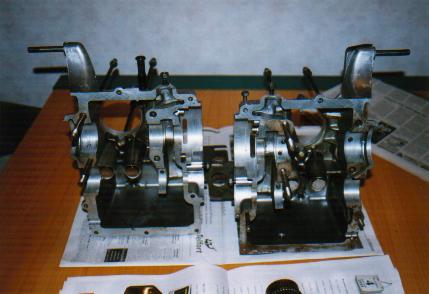
|
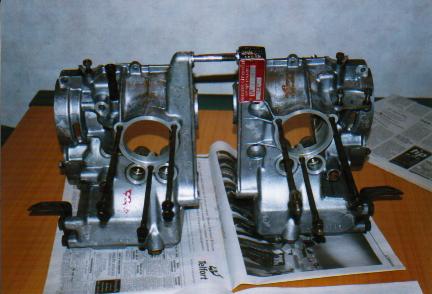
|
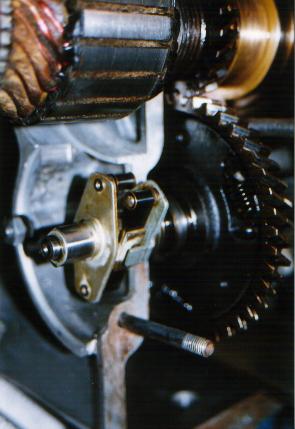
|
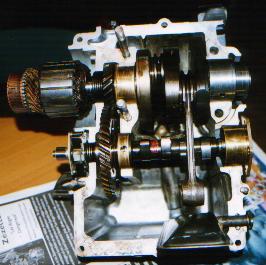
|
| Alle inner parts of the engine are professionaly controlled by Stolk Engine-overhauling in Rotterdam. All parts were in a very good shape. |
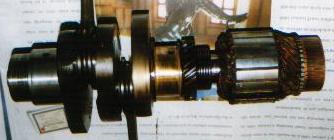
|
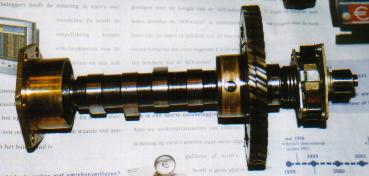
|
|
While installing the shafts don't forget to change the topbearing in the crankshaft by a new one!
Now you have more space to handle this, later on it will cost you much more time and fustration. The generator I have dismantled with a self made tool, see Special Tools for more information. Cylinderheads After the cylinder heads have been dismantled they were throroughly cleaned and inspected by Stolk in Rotterdam. They were in a very good shape but nevertheless the valve seats were replaced by stronger ones for a more better prevention with running on unlead fuel. In 1958 unlead fuel was the only fuel the have had for this cars, but the valve seats were not as good than the can make nowadays (stellite-material). |
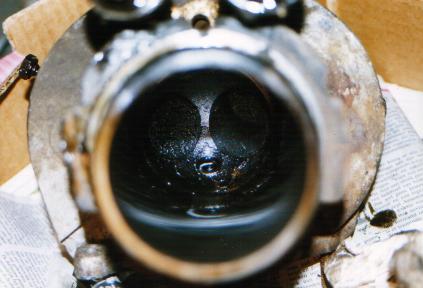
|
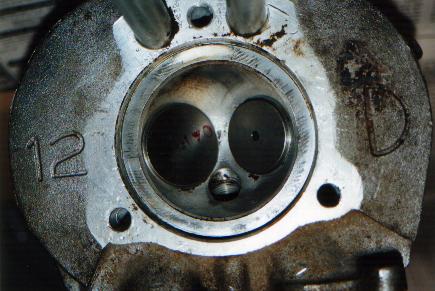
|
|
cylinders and valves The cylinders were slightly rebores, bushes were replaced by new once. Valves, valvebushes and valveseals are all replaced by new once. The used valves were cleaned and stored, you'll never know. Pistons and piston-rings The piston-rings are made by Perfect Circle (manufactured by Floquet Monopole under license from Perfect Circle Division, Dana Corporation, U.S.A.)which are the best in his kind. An extra set of piston-rings I have ordered to keep in stock for the future, nowadays they are easy to get - nobody knows if this will be the same over a copple of years. To remove the piston-rings use a twisting action and carefully slide them upwards over the piston lands. Take care not to cut your fingers, the rings may be sharp. In my case I used strong gardengloves. To assist removal insert tow or three old feeler blades between ther pistonring and the piston to prevent the rings entering the grooves as they are removed. Never remove or fit piston-rings over the bottom of the piston. Clean the grooves with an old broken piston-ring, taking care not tot scratch the aluminium surfaces of the pistons, also here use protected strong gloves. More detailed information you will find in the Workshop Manual from Citroën and the Owners Workshop Manual by Haynes Publishing Group. |
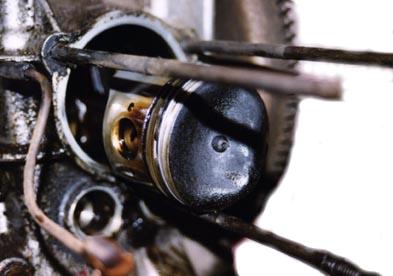
|
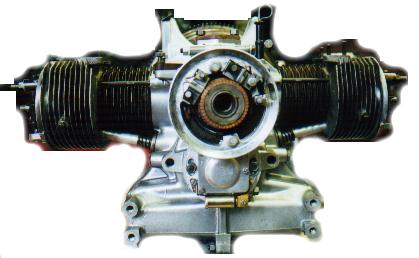
|
|
Cowlings The cowlings (without any rust!) were slightly treated with sandpaper and sprayed with a few layers of black Rust-Oleum (Owatrol was mixed through the paint). Manifold (inlet- and outlet) The manifold was cleaned with a steelbrush and white spirit, thereafter sprayed with w layers of heatresistant black paint. I used RUST-OLEUM® Hard Hat Aerosol Bar-B-Q-blackt 7778 This paint is temperatureresistant against 538°C which is anough in our case. |
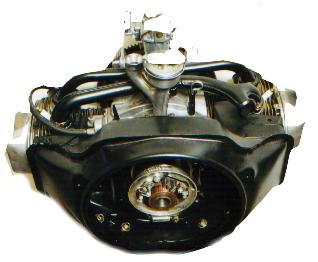
|
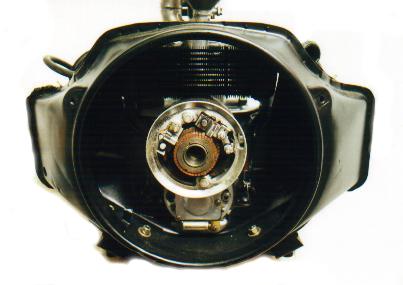
|
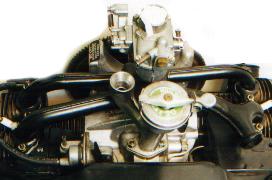
|
|
Ref: Citroën handboeken 442, 446, 536, 580/1 en 621 Zelf sleutelen aan uw 2CV 1969, ANWB/ ZHUM Repareer zelf uw auto, handleiding voor onderhoud ANWB/ The Readers Digest NV (ISBN: 90-6407-077-6) Vraagbaak Citroën 2CV en Dyane 1975-1982 van P.H. Olving Handboek Eendologie door Jan van de Velde en Jim van der Put (het Eendeei) Onderhoudsboekje van de Berline 2PK, Citroën S.A. Brussel Laszlo Mogyorossy (EEEC) |
|
|
|
|
|
|
|
|
|
|
|
|